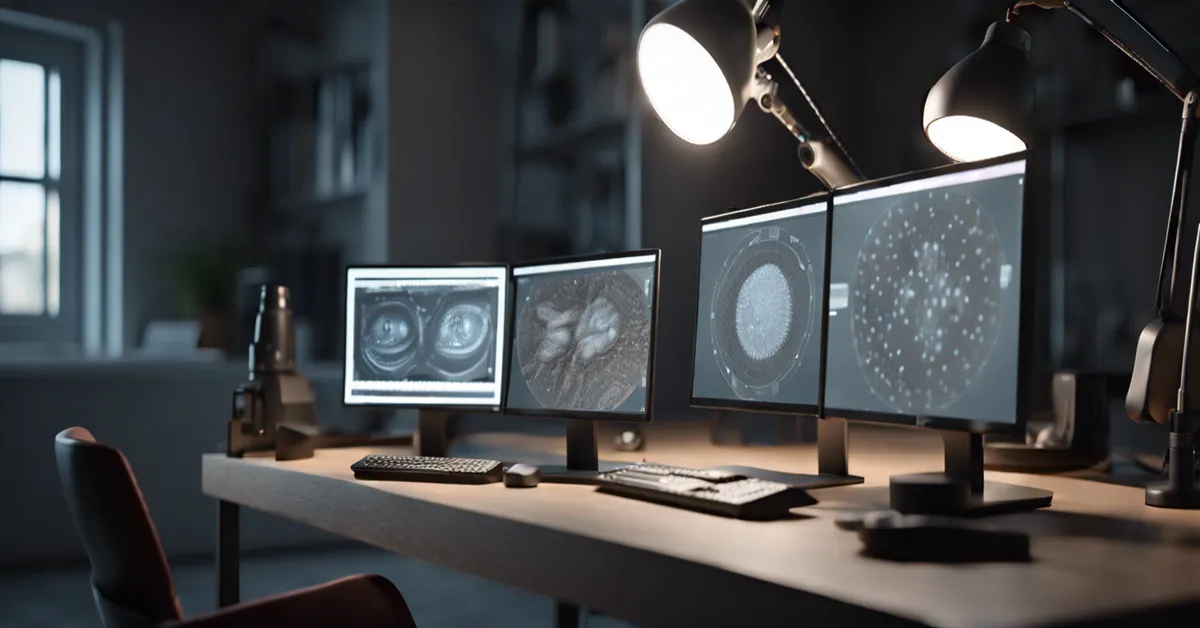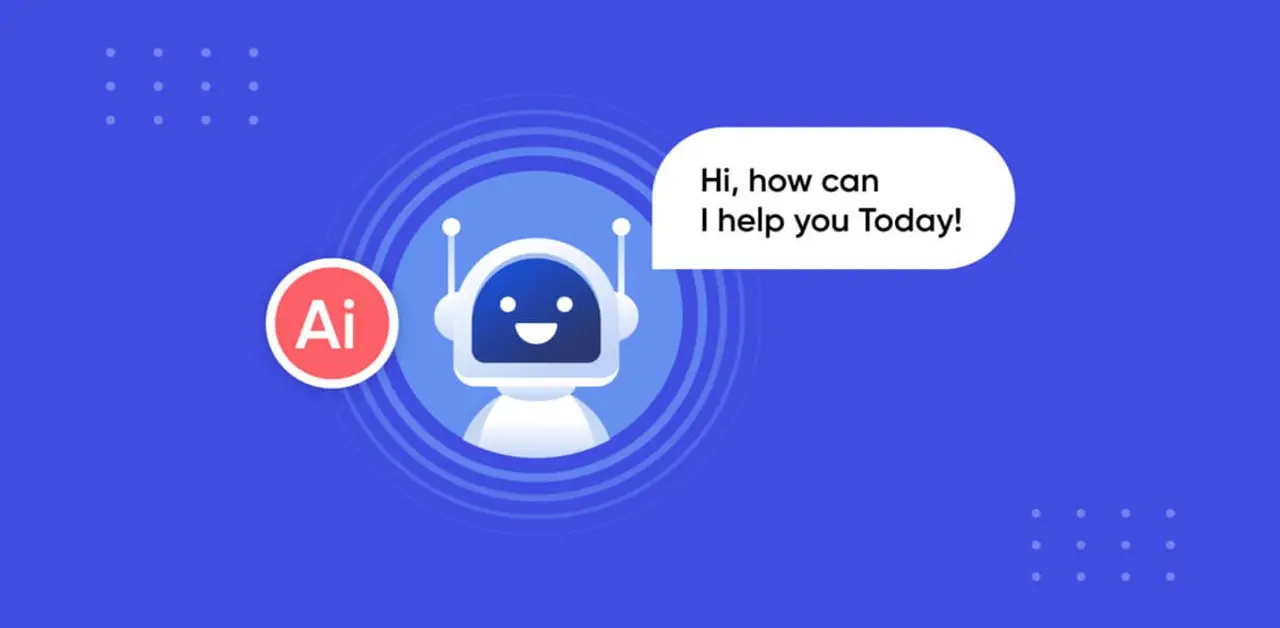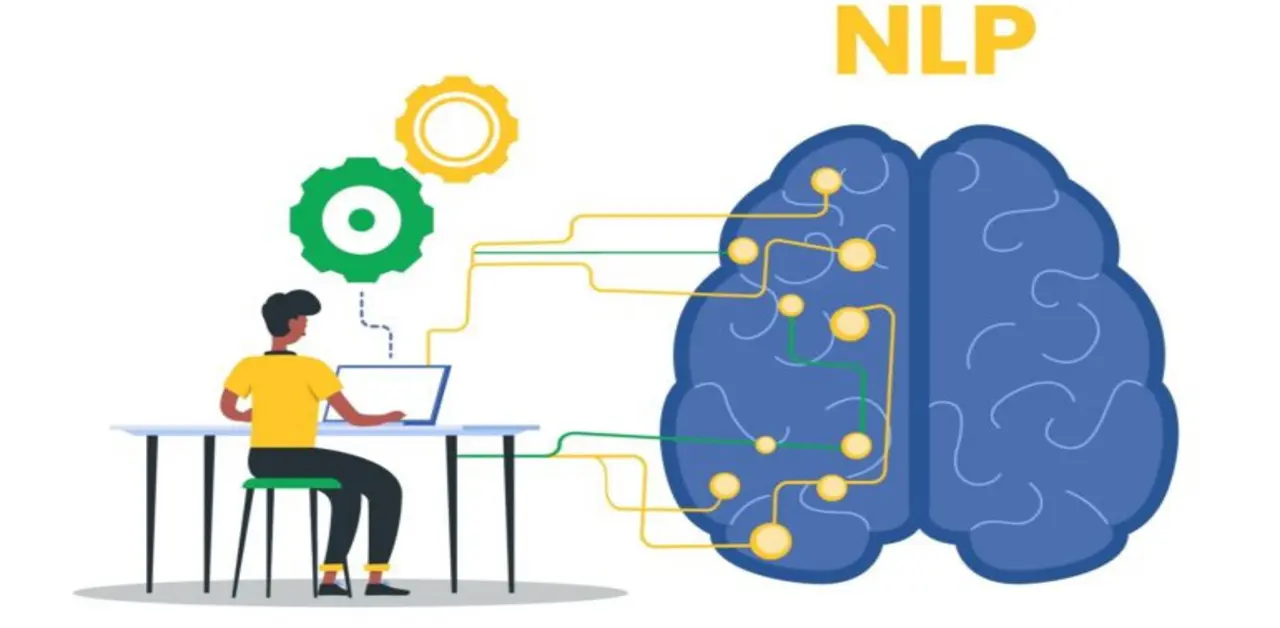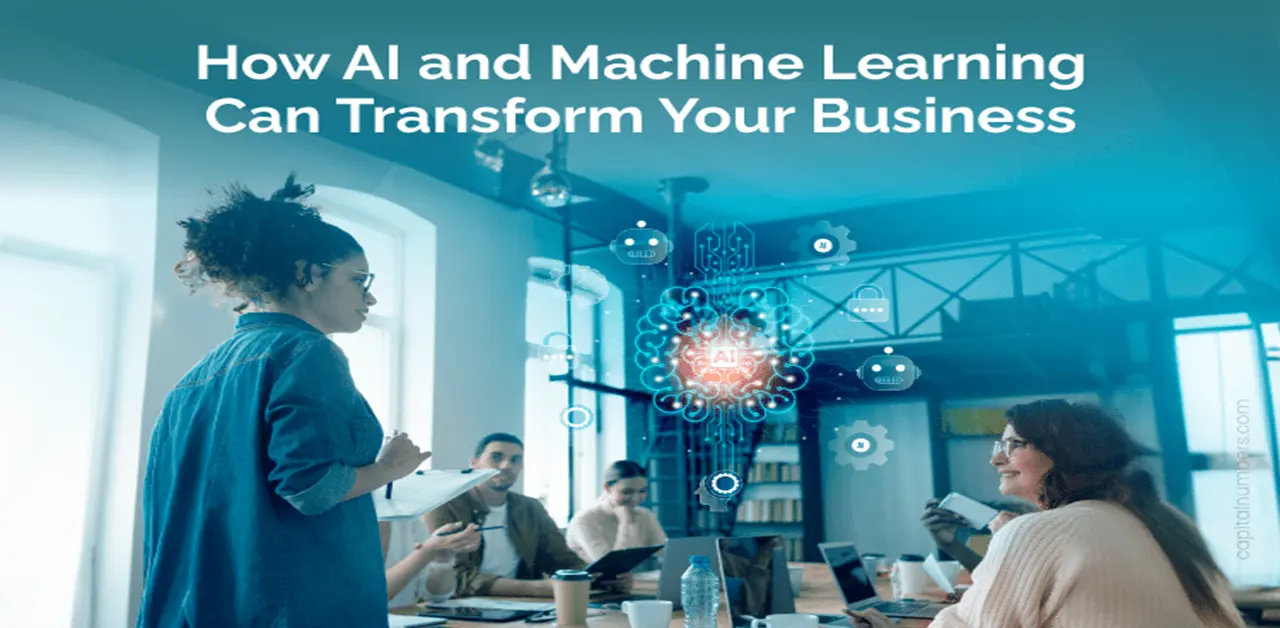The human eye is a marvel of evolution, allowing us to perceive and interpret the world around us. But as technology advances, machines are gaining their own form of “sight” – the ability to process and understand visual data. This revolution in computer vision has immense implications for various fields, including intellectual property (IP)
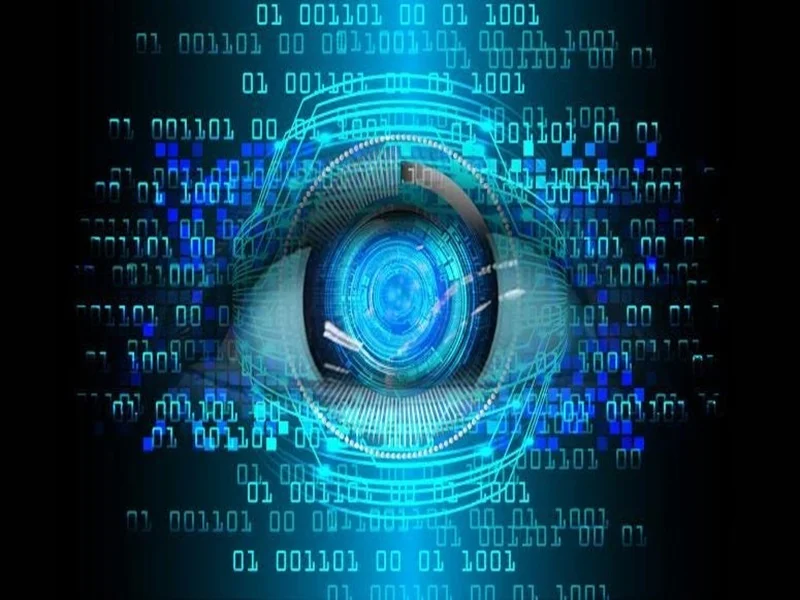
What is Image Processing? Understanding Digital Images
Before diving into how machines “see,” let’s establish a common ground: understanding digital images. Unlike traditional photographs captured on film, digital images consist of pixels – tiny squares arranged in a grid. Each pixel holds information about a specific point in the image, typically represented by color values. The number of pixels and their arrangement determine the image resolution – higher resolution means more pixels and sharper details.
Image processing deals with manipulating these pixels to enhance, analyze, or extract information from an image. Techniques like:
- Brightness and Contrast Adjustment: Adjusting pixel values to improve visual clarity.
- Noise Reduction: Removing unwanted specks or artifacts from the image.
- Color Correction: Correcting color imbalances or applying effects.
- Filtering: Applying specific algorithms to modify image features (e.g., sharpening edges, blurring backgrounds).
These fundamental image processing techniques pave the way for the more complex world of computer vision.
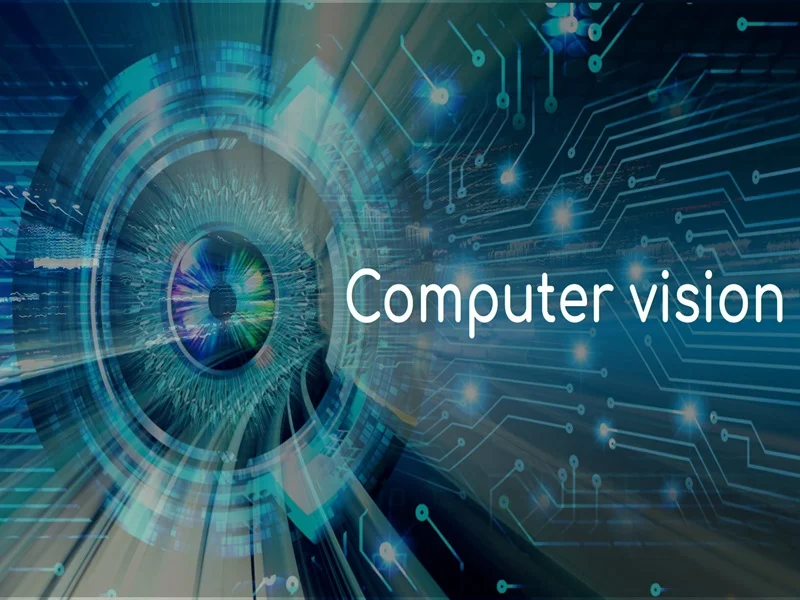
Computer Vision: Algorithms for Image Recognition and Classification
Computer vision goes beyond manipulating pixels. It’s the science and engineering of enabling machines to “see” and understand the content of an image. This involves a combination of algorithms, machine learning, and deep learning techniques to extract meaningful information.
Here’s a breakdown of the key steps:
- Feature Detection: Algorithms identify distinctive points, edges, or patterns within the image.
- Feature Extraction: Quantifiable data is extracted from the detected features, representing the image’s visual content.
- Classification: This extracted data is fed into machine learning models trained on vast datasets of labeled images. The model then classifies the image based on learned patterns (e.g., identifying a cat in a picture).
Computer vision applications extend far beyond basic object identification. Advanced techniques like:
- Object Detection: Locating and identifying multiple objects within an image, along with their positions.
- Image Segmentation: Dividing the image into different regions based on object boundaries, textures, or other characteristics.
- Scene Understanding: Extracting complex information from an image, such as the scene type (e.g., a street, a living room) or the activities taking place.
These capabilities are revolutionizing various industries, as we’ll explore in the next section.
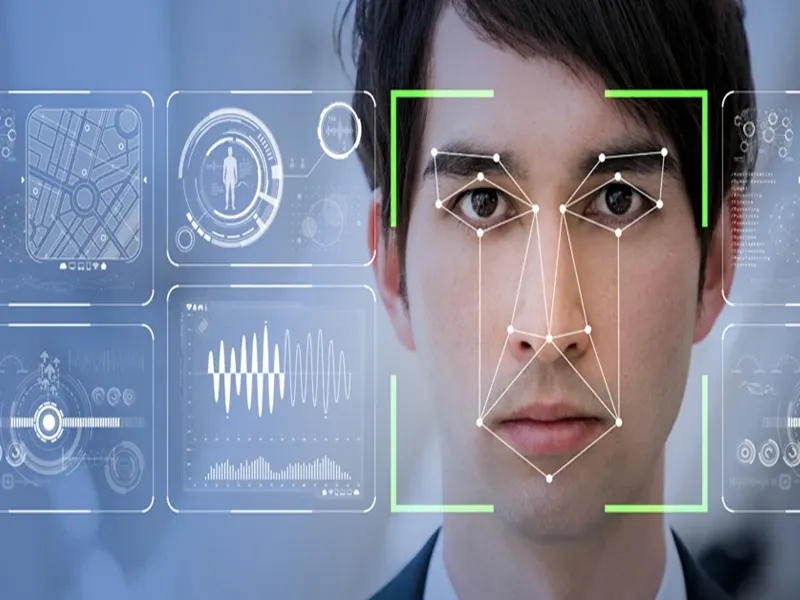
Facial Recognition Technology and its Applications
Facial recognition is a subfield of computer vision that focuses specifically on identifying individuals based on their facial features. It involves extracting unique features like eye spacing, nose shape, and jawline, then comparing them against a database of known faces.
Facial recognition has a wide range of applications, including:
- Security and Law Enforcement: Identifying suspects or missing persons from CCTV footage or photos.
- Biometric Authentication: Secure access control in systems like smartphones or border crossings.
- Social Media Tagging: Automatically recognizing and tagging people in photos.
- Marketing and Advertising: Delivering targeted advertising based on facial emotion analysis.
However, facial recognition technology also raises concerns regarding privacy, bias, and potential misuse.
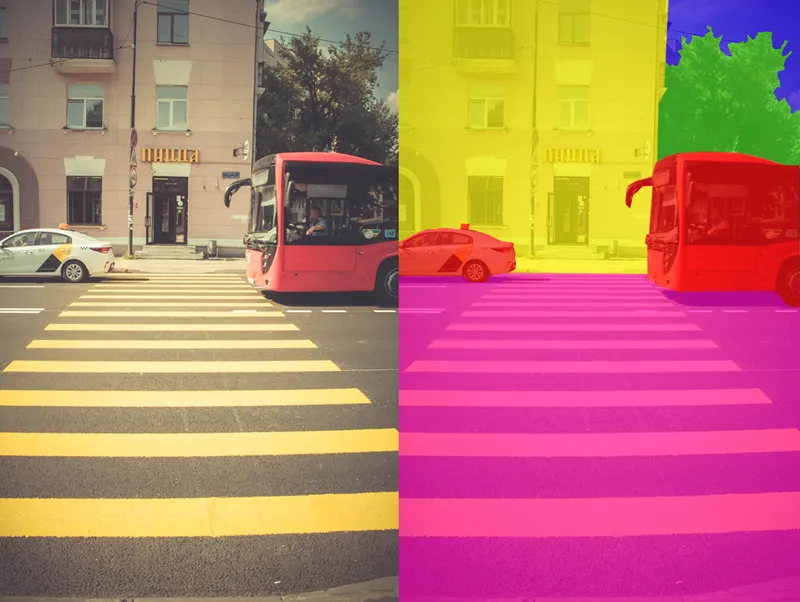
Image Segmentation: Isolating Objects in Images
Image segmentation plays a crucial role in computer vision tasks that require precise object identification and manipulation. Segmentation algorithms divide the image into distinct regions, each representing a different object or area. Techniques like:
- Thresholding: Separating objects based on pixel intensity (e.g., separating black text from a white background).
- Edge Detection: Identifying boundaries between objects based on sharp changes in pixel values.
- Region Growing: Starting with seed points and iteratively grouping pixels with similar characteristics.
- Deep Learning-based Segmentation: Advanced models learn complex patterns to achieve highly accurate segmentation for various scenarios.
Accurate segmentation unlocks possibilities in fields like:
- Medical Imaging: Precise identification of tumors or organs in X-rays and MRIs.
- Autonomous Vehicles: Segmenting lanes, pedestrians, and traffic signals for self-driving car navigation.
- Augmented Reality: Creating realistic overlays on images by accurately understanding object boundaries.
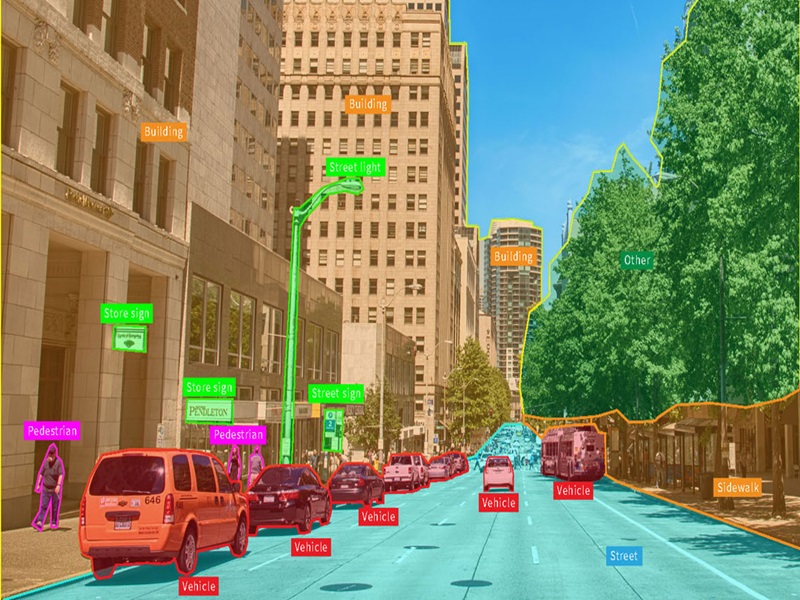
Applications of Image Processing and Computer Vision in Different Industries
The capabilities of image processing and computer vision are transforming countless industries. Here are some prominent examples:
Manufacturing:
- Automated Visual Inspection (AVI): Repetitive visual inspection tasks are a perfect fit for computer vision. Cameras equipped with image processing algorithms can automatically inspect products for defects like scratches, dents, misprints, or missing components. This not only frees up human inspectors for more complex tasks but also ensures consistent and objective quality control throughout the production line.
- Robot Vision: Industrial robots are increasingly equipped with vision systems that enable them to “see” their environment and perform tasks with greater precision. This allows robots to:
- Pick and Place: Accurately pick up and place objects of various shapes and sizes.
- Assembly Line Tasks: Assist with tasks like welding, soldering, or component assembly.
- Bin Picking: Locate and pick specific items from cluttered bins or containers.
- Inventory Management: Image processing can automate inventory control by recognizing and counting products on conveyor belts or storage shelves. This eliminates the need for manual counting, reducing errors and saving valuable time.
- Predictive Maintenance: By analyzing images and video footage of machinery in operation, computer vision systems can detect subtle anomalies that might indicate potential equipment failure. This allows for preventive maintenance before breakdowns occur, minimizing downtime and production losses.
- Process Optimization: Capturing images of production processes can be used to analyze workflow and identify bottlenecks. This data can then be used to optimize production line layouts and improve overall efficiency.
The integration of image processing and computer vision is transforming the manufacturing landscape, leading to:
- Improved Product Quality: Consistent and automated quality control reduces defects and ensures product consistency.
- Enhanced Efficiency: Automating tasks and optimizing processes leads to faster production cycles and reduced costs.
- Increased Safety: Vision systems can monitor safety hazards and alert operators to potential risks.
- Data-Driven Decision Making: Machine-generated data provides valuable insights for optimizing production processes.
Retail:
- Product Recognition: Self-checkout systems that scan and identify items without barcodes.
- Customer Behavior Analysis: Tracking customer movement and product interaction to optimize store layout and product placement.
- Smart Advertising: Personalized product recommendations based on facial recognition and shopping habits.
Agriculture:
- Crop Health Monitoring: Analyzing aerial or drone images to detect crop diseases or nutrient deficiencies.
- Precision Agriculture: Optimizing resource usage by identifying areas needing more or less water, fertilizer, etc.
- Livestock Management: Automated animal counting and tracking for herd health monitoring.
Healthcare:
- Medical Diagnosis: Assisting doctors in analyzing X-rays, CT scans, and other medical images for early disease detection.
- Surgical Assistance: Providing real-time guidance and visualization during minimally invasive surgeries.
- Drug Discovery: Analyzing high-throughput microscopy images to identify potential drug targets.
Security and Surveillance:
- Video Analytics: Automatically detecting suspicious activity or unauthorized access in video footage.
- Traffic Monitoring: Analyzing traffic patterns for congestion control and automated ticketing.
- Access Control: Facial recognition-based security systems for restricted areas.
Entertainment
- Special Effects: Creating realistic computer-generated imagery (CGI) for movies and video games.
- Virtual Reality (VR): Developing immersive VR experiences with realistic 3D environments.
- Content Moderation: Automatically identifying and removing inappropriate content from online platforms.
These are just a few examples, and the potential applications of image processing and computer vision continue to grow as technology advances.
The Intersection of IP and Computer Vision
As computer vision becomes more sophisticated, its impact on intellectual property becomes increasingly significant. Here are some key areas of exploration in future posts (clusters):
- Copyright Protection: Identifying and combating copyright infringement of creative works like images and videos.
- Trademark Enforcement: Detecting unauthorized use of logos and brand trademarks online.
- Patent Applications: Analyzing images and diagrams in patent applications for novelty and potential infringement.
- The Ownership of Machine-Generated Content: Who owns the copyright for creative works produced by AI algorithms?
These are complex issues with ongoing legal discussions. Future blog posts will delve deeper into each of these topics, exploring the challenges and potential solutions at the intersection of IP and computer vision.
By understanding the capabilities of image processing and computer vision, we can begin to navigate the evolving landscape of intellectual property in the age of machine learning.

